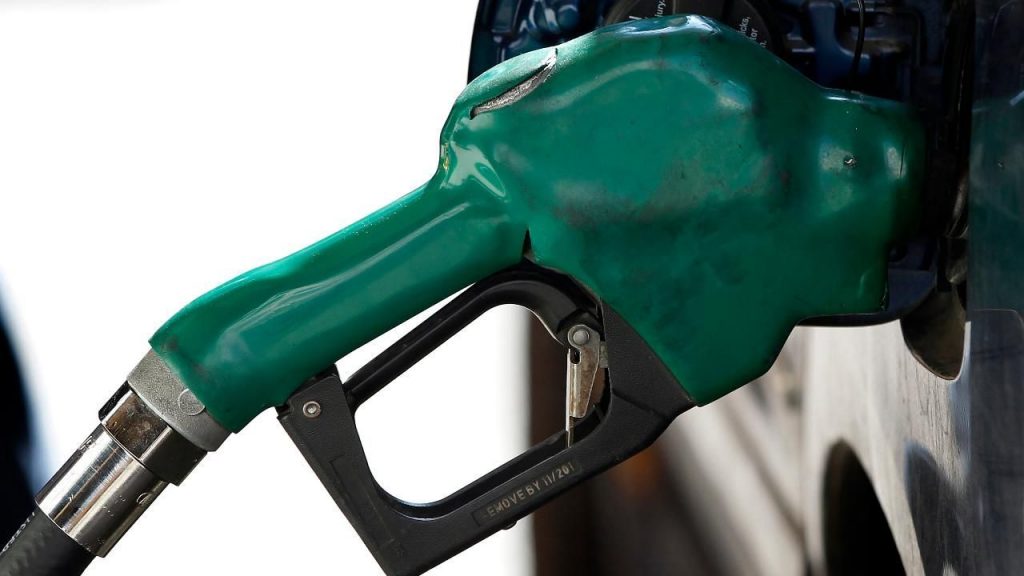
The gender pay gap — the difference in earnings for women workers compared with their male colleagues — may be far worse than believed. A new analysis concludes that women earn 49 cents compared with every $1 men earn.
Economists typically estimate that women earn 80 percent of men’s income, a figure that’s based on Census data for men and women who work full-time. But that doesn’t accurately reflect labor market reality for women, noted the Institute for Women’s Policy Research, which published the new analysis. IWPR said earlier studies leave out part-time workers and people who have taken time off from work, which is more common for women than men.
Taking a longer-term view illustrates the actual experience of women, who over a 15-year period are more likely to shoulder the demands of child care than men, noted IWPR President Heidi Hartmann, a MacArthur “genius grant” recipient and an economist. More than four of 10 women step back from the workforce for at least a year — twice the rate of men.
“Women don’t seem to feel the progress”
“The longer I looked at it, the more important I realized it was,” Hartmann said. “If you say, ‘Oh well, there’s been a lot of progress in the last 20, 30, 40 years’ — but women don’t seem to feel the progress. For a woman, you can’t dismiss what happens over 10- to 15-year period.”
The new study examined all workers who had at least one year of income from 2001 to 2015. That means the analysis is capturing workers who are in part-time jobs, who might have worked full-time but then left the job market because of layoffs or family obligations, or who have returned to school or gone into training.
It’s clear that the labor market rewards both men and women for sticking with employment. The longer one is out of the job market, the bigger the pay penalty.
Women who left the workforce for at least a year earned 39 percent less than women who never left. Men suffered the same 39 percent hit if they stepped away from work for a year. Yet because women are more likely to scale back their working hours or quit altogether, they’re likely to feel the brunt of that pay penalty more than men.
Women leave the workforce due to family obligations far more than men. But that may reflect a rational economic choice within families because couples may decide it makes financial sense for the higher-earning spouse — typically the husband — to remain at work, Hartmann noted.
Less optimistic than men
The long-term experience of women in the labor market may explain why they’re less optimistic than men, she added. Nearly half of men said their financial situation improved in the past year, compared with 30 percent of women, a New York Times survey found earlier this year.
“That accurate view of what she is able to get from the labor market to support her family and herself is what affects women’s jaundiced view about the economy,” Hartmann said.
Women have made progress over the past several decades. The IWPR study found that earnings and labor participation have increased since the 1960s. But that growth has stalled, which Hartmann said suggests that despite women’s greater educational attainment and commitment to the workforce, new policies are needed. Paid parental leave, support for child care and other pro-family policies could help, she noted.
“If the wages were fairer, we would get not only more women participating in the labor force, you’d get each women working more and earning more, and this would increase the GDP,” she said. “When people are underpaid for their skills, that would suggest we are losing GDP and productivity.”
© 2018 CBS Interactive Inc.. All Rights Reserved.

